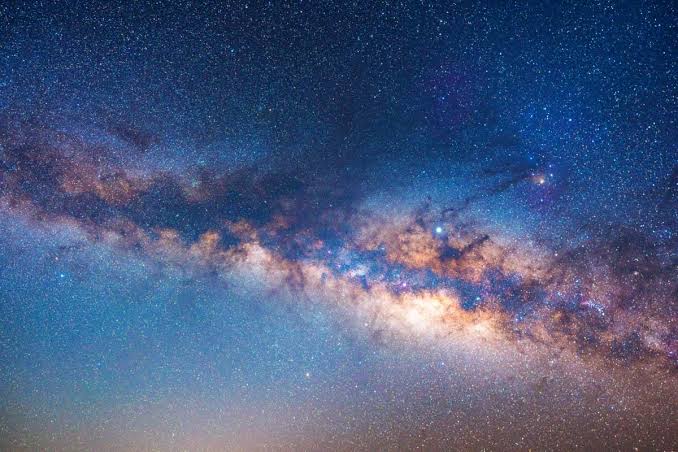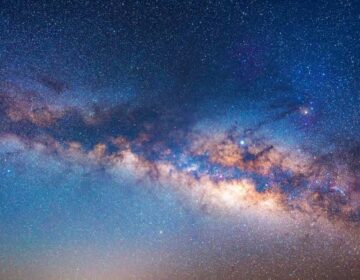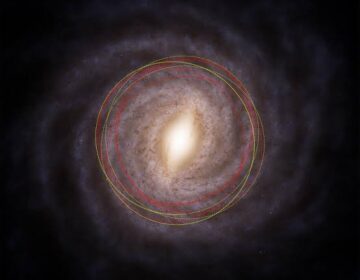Researchers at Durham University predict that the Milky Way could be surrounded by up to 100 previously undetected satellite galaxies.
These faint, elusive “orphan galaxies” may have been stripped of their dark matter halos, making them nearly invisible to current telescopes.
But with the advent of powerful new instruments like the Rubin Observatory, scientists believe we’re finally approaching the ability to spot them, potentially confirming major cosmological theories and reshaping our view of the Universe.
More Galaxies Than We Thought?
New research suggests the Milky Way may be surrounded by far more satellite galaxies than scientists have previously detected or predicted.
According to their results, there could be 80 to 100 additional satellite galaxies orbiting near the Milky Way.
Spotting these hidden galaxies with telescopes would offer strong evidence supporting the Lambda Cold Dark Matter (LCDM) theory.
This leading model describes the structure of the Universe on large scales and how galaxies are formed.
Where Are the Missing Satellites?
The new research shows that the Milky Way’s missing satellites are extremely faint galaxies stripped almost entirely of their parent dark matter halos by the gravity of the Milky Way’s halo.
These so-called “orphan” galaxies are lost in most simulations, but should have survived in the real Universe.
Using their new technique, the Durham researchers were able to track the abundance, distribution, and properties of these Milky Way orphan galaxies, showing that many more Milky Way satellites should exist and be observable today.
It is hoped that new advances in telescopes and instruments like the Rubin Observatory LSST camera (which recently saw its first light), will give astronomers the ability to detect these very faint objects, bringing them into our view for the first time.






